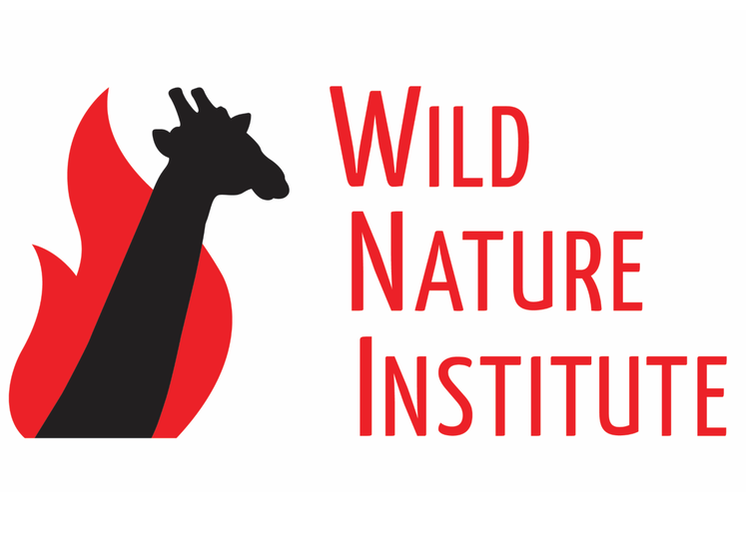2013 Annual Report
2013 was a banner year for the Wild Nature Institute. We continued our ground-breaking research on Spotted Owls in burned forests of the western U.S., and completed our second full year of surveys for Masai Giraffe and other hoofed mammals in the Greater Tarangire Ecosystem. We also published a multi-lingual children’s book about wildlife migration!
The Wild Nature Institute works in two regions of great biological significance: the Greater Tarangire Ecosystem of northern Tanzania and California’s burned forests. Both of these regions are rich in biological diversity but are highly threatened by human impacts. We study imperiled wildlife and their habitats in these regions, and use our results to develop and implement protective measures so that these wondrous wild places can survive and thrive.
We made strides in all four of our program areas: Snag Forest Campaign, Masai Giraffe Conservation Project, Tarangire Ungulate Observatory, and Northern Plains Corridor Campaign. Read on to learn about our accomplishments for 2013.
In all of this, we depended on your support. Our heartfelt thanks,
Derek E. Lee and Monica L. Bond
Founders and Principal Scientists
The Wild Nature Institute works in two regions of great biological significance: the Greater Tarangire Ecosystem of northern Tanzania and California’s burned forests. Both of these regions are rich in biological diversity but are highly threatened by human impacts. We study imperiled wildlife and their habitats in these regions, and use our results to develop and implement protective measures so that these wondrous wild places can survive and thrive.
We made strides in all four of our program areas: Snag Forest Campaign, Masai Giraffe Conservation Project, Tarangire Ungulate Observatory, and Northern Plains Corridor Campaign. Read on to learn about our accomplishments for 2013.
In all of this, we depended on your support. Our heartfelt thanks,
Derek E. Lee and Monica L. Bond
Founders and Principal Scientists
| wni_annual_report_2013.pdf |

